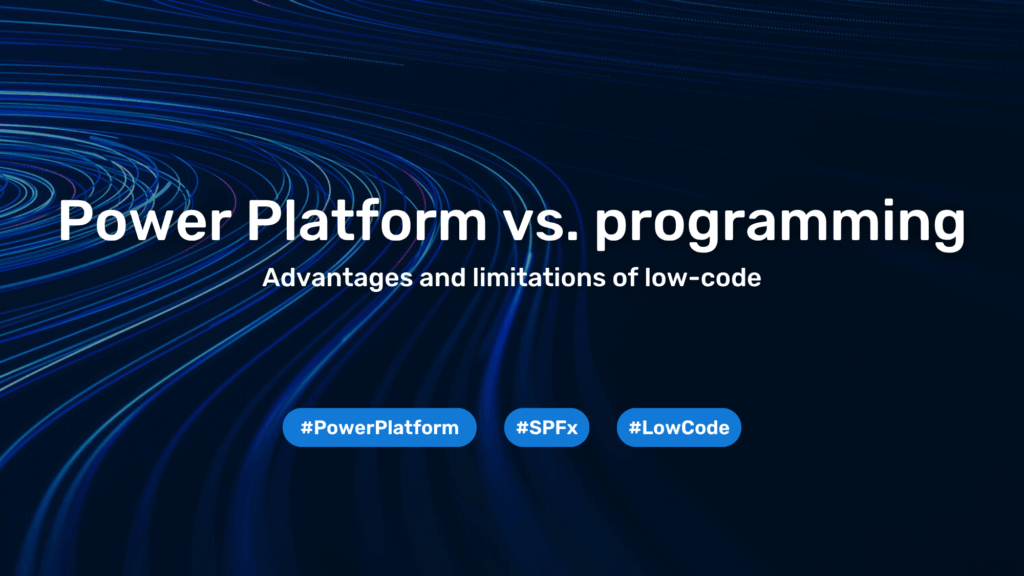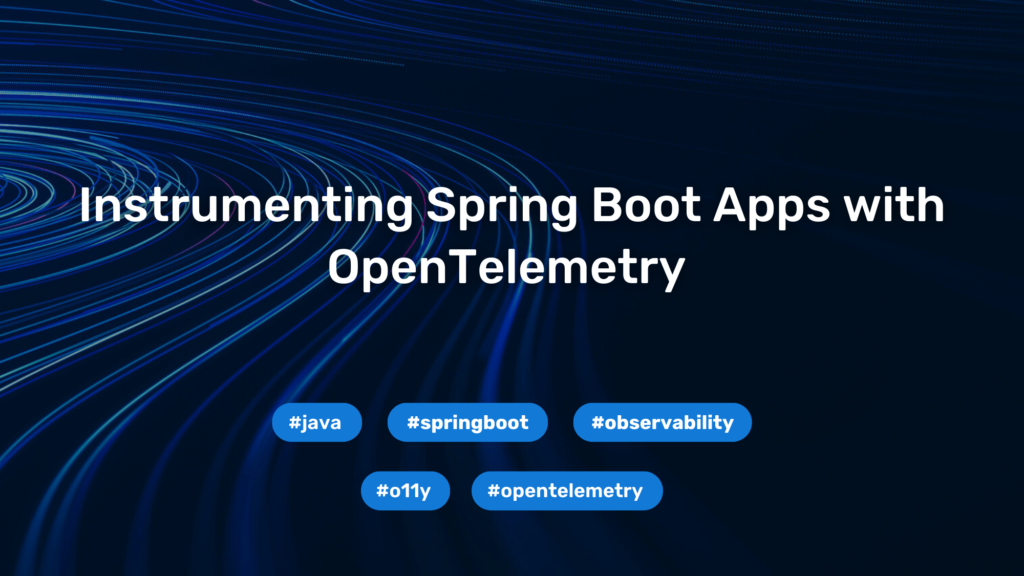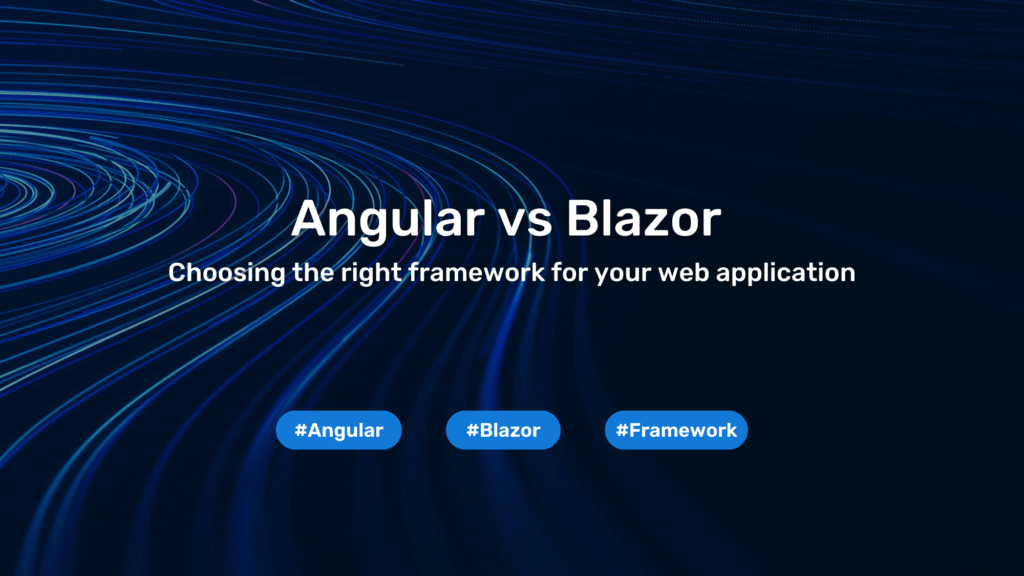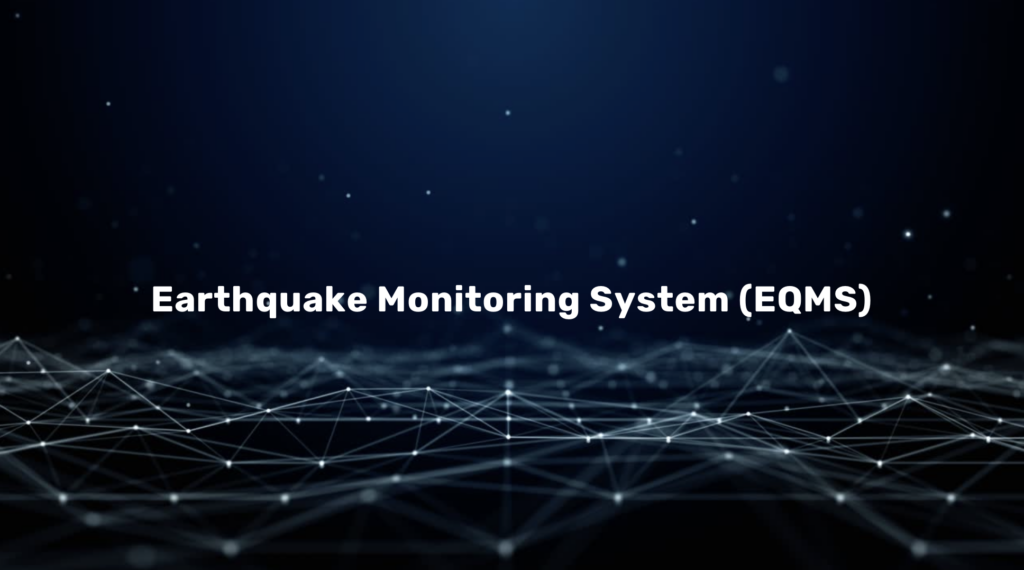Centralizing CI/CD Pipeline Logic for Microservices Architecture
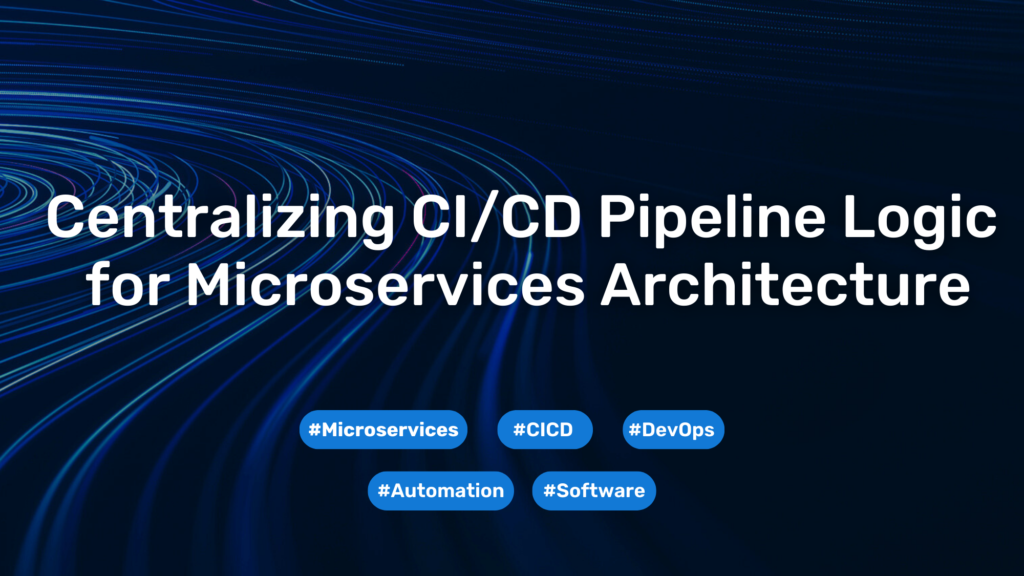
What is Centralized CI/CD?
Centralized CI/CD (Continuous Integration and Continuous Deployment) is a software development approach where code integration, testing, and deployment are managed from a single, unified platform. Unlike decentralized CI/CD, where individual teams or projects maintain separate pipelines, a centralized system ensures consistency, reduces duplication, and simplifies management by serving as a single source of truth for build, test, and deployment processes.
Why Centralize CI/CD Pipelines?
Microservices architectures introduce operational complexity due to the number of independent services that need to be built, tested, and deployed. If each microservice maintains its own CI/CD pipeline logic, managing updates, enforcing best practices, and ensuring uniformity across services becomes challenging. Centralizing CI/CD pipelines offers several key benefits:
- Reduces Duplication: Shared pipeline logic minimizes redundant configurations across multiple repositories.
- Ensures Consistency: Standardized coding practices, security checks, and deployment strategies are enforced across all microservices.
- Improves Maintainability: Updates to pipeline logic (e.g., security patches, new testing frameworks) can be applied globally without modifying each service’s repository.
- Enhances Developer Productivity: Developers can focus on writing code rather than maintaining individual pipeline configurations.
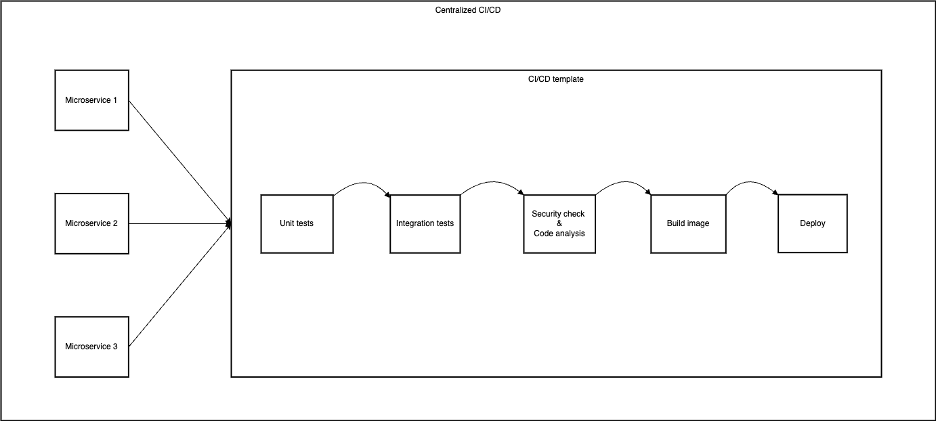
When to Use Centralized CI/CD
Centralized CI/CD is particularly beneficial in the following scenarios:
- Large Enterprises: Organizations with multiple teams and projects benefit from centralized governance and uniformity.
- Microservices Architectures: Managing deployments across numerous services is simplified with a unified CI/CD approach.
- Compliance-Driven Industries: Industries such as finance or healthcare, where security and compliance are critical, benefit from centralized control and auditing.
Implementing Centralized CI/CD with GitHub Actions
For centralized CI/CD, tools like Argo CD and Jenkins X enable Kubernetes-native deployments, while GitHub Actions, GitLab CI/CD, and Jenkins provide robust pipeline automation. Below is a structured approach to implementing centralized CI/CD using GitHub Actions.
Centralized Workflow Repository
Instead of defining workflows in each project, maintain a single repository for all CI/CD workflows and reuse them across multiple projects.
Steps to set up:
- Create a repository (e.g.,
ci-cd-pipelines). - Store all reusable workflows and configuration files in this repository.
- Use reusable workflows (
.github/workflows/*.yml).
Example:
name: Reusable Build Workflow
on:
workflow_call:
inputs:
environment:
required: true
type: string
jobs:
build:
runs-on: ubuntu-latest
steps:
- uses: actions/checkout@v4
- name: Build Project
run: |
echo "Building for ${{ inputs.environment }}"Call the reusable workflow from other repositories:
jobs:
call-reusable-workflow:
uses: your-org/ci-cd-pipelines/.github/workflows/build.yml@main
with:
environment: productionCentralized Secrets & Environment Variables
- Store credentials centrally using GitHub Actions Secrets.
- Implement Environment Protection Rules to control staged deployments.
Managing Deployments Across Multiple Environments
A single centralized workflow can dynamically deploy based on branch or tag configurations.
Managing Multiple Repositories with GitHub Actions Matrix
If handling multiple repositories, trigger workflows from a central repository using the GitHub API.
Example:
jobs:
trigger-other-repos:
runs-on: ubuntu-latest
steps:
- name: Trigger Workflow in Another Repo
run: |
curl -X POST -H "Authorization: token ${{ secrets.GITHUB_TOKEN }}" \
-H "Accept: application/vnd.github.v3+json" \
https://api.github.com/repos/your-org/another-repo/actions/workflows/deploy.yml/dispatches \
-d '{"ref":"main"}'Benefits of Centralized CI/CD
- Consistency: Ensures all teams adhere to standardized processes and best practices.
- Efficiency: Reduces redundancy by reusing shared pipelines and tools.
- Scalability: Facilitates easier scaling of infrastructure and workflows across the organization.
- Security: Centralized governance allows for robust security policy enforcement.
- Visibility: Provides a holistic view of all CI/CD activities, aiding in identifying bottlenecks and failures.
- Cost Savings: Reduces the need for multiple licenses or tools, lowering operational costs.
Challenges of Centralized CI/CD
- Single Point of Failure: A failure in the centralized system can impact all teams.
- Complexity: Managing a centralized system for large organizations can become intricate.
- Flexibility: Teams with unique requirements may struggle with customization.
- Governance: Requires strong oversight to ensure compliance with centralized policies.
Conclusion
Centralizing CI/CD pipeline logic in a microservices architecture enhances efficiency, enforces best practices, and simplifies maintenance. By leveraging reusable workflows, managing environment-specific configurations separately, and enforcing security policies, teams can streamline software delivery while maintaining the flexibility needed for service-specific requirements.
Centralized CI/CD processes sound intriguing, but you’re not sure where to start?
At evoila, we’re here to help – whether it’s strategy, implementation, or optimizing your pipelines.
👉 Contact us here and let’s discuss your challenges.
You need to load content from reCAPTCHA to submit the form. Please note that doing so will share data with third-party providers.
More Information
